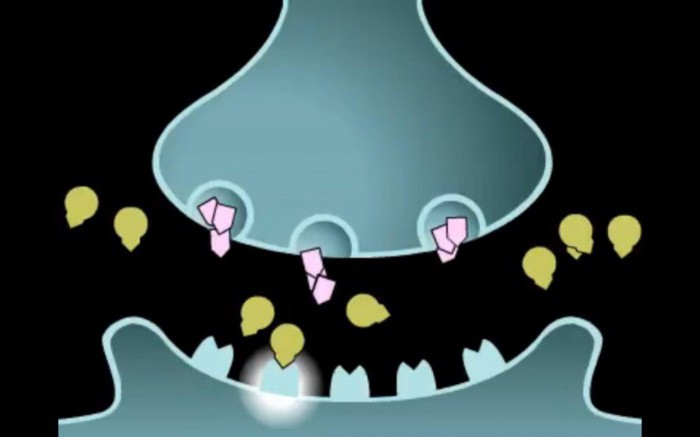The physiological basis of human behavior are two types of nervous processes: excitation and inhibition. What do the features of their occurrence and distribution in parts of the nervous system, primarily in the brain and spinal cord , lead to ? Let's consider it in more detail.
The physiological basis for the propagation of nerve impulses
Excitation and inhibition cause the adaptation of organs and systems of the human body to constant changes in the internal and external environment of the body. Features of their course in the brain are studied by physiology. Irradiation, concentration, induction are types of interactions of nerve impulses occurring in the central nervous system.
Prominent Russian scientists I.P. Pavlov and I.M.Sechenov developed a theory that explains the principles of higher nervous activity, which is the basis on which the superstructure is built - psychic phenomena, such as consciousness, memory, thinking and speech. Irradiation is the spread of nervous processes in the central nervous system, causing the manifestations of higher nervous activity. In this article, we will find out its role in the formation of complex conditioned reflexes and the development of the human psyche.
Features of nervous processes
Excitation and inhibition are the main types of nerve impulses that determine the activity of the brain and spinal cord, as well as the entire human nervous system. They are not only opposite, but also interconnected, functioning according to certain laws. Covering areas in the cerebral cortex, excitation and inhibition extend to other departments, they spread - irradiation. This phenomenon is the opposite of the concentration process, i.e., the restriction of the focus of excitation. The physiology of higher nervous activity has established that the interaction of nervous processes ensures the formation of complex systems - dynamic stereotypes.
They are conditioned reflexes acquired by a person throughout his life. The development of speech, walking, playing musical instruments and other activities acquired in the process of training and education are examples illustrating irradiation. This is the basis for the formation and preservation of conditioned reflex acts.
The role of the spread of excitation in the emotional reactions of the body
If you imagine the state of the cerebral cortex of an awake person, it will look like a mosaic of centers of excitation and inhibition, from which the corresponding nervous processes radiate to adjacent areas of the brain and, then, through the cranial or spinal nerves enter the skeletal muscles, glands or other internal organs. At the time of acute emotional affect in the cortex and brain stem, the appearance of foci of excitement, as well as a change in indicators of homeostasis and behavioral reactions. For example, in a person who is in a stressful situation, in addition to increasing blood pressure and pulse, strong motor reactions are recorded: confusion in speech, screaming, sharp gesticulation. This is because active foci in the central nervous system spread excitement to the speech zones of the cortex and skeletal muscle.
Pain spread
The negative sensations that arise in our body indirectly and are not directly related to a physical source, i.e., an affected organ, are the irradiation of pain. Symptoms of pain appear as nerve impulses that occur in the integumentary tissues or internal organs, or indirectly due to signaling molecules that enter the bloodstream due to cell decay. Places of pain can be far from the primary focus of pathology. A classic example is the symptomatology of exacerbation of osteochondrosis of the cervical spine. It is characterized by giving away pain in the occipital and temporal parts of the head, lesions of the shoulder joints and discomfort under the scapula. Irradiation of arousal is the main cause of pain symptoms. It not only depletes the physical resources of the body, but also interferes with the correct diagnosis, making it difficult for the doctor to develop a treatment strategy.
Relaxation as a type of spread of inhibition
As we found out earlier, the physiological basis of the human psyche is two interconnected processes - excitation and inhibition, which can radiate to different parts of the nervous system. Inhibition plays an important role in auto-training practices and relaxation exercises used in psychotherapy. Irradiation is a form of spreading inhibition that occurs in a particular organ, for example, in the right hand under the influence of music, affirmations or hypnosis. Due to the generalization effect, it captures other parts of the body: the neck, shoulders, feet, bringing the whole body to a state of rest. By generalization here we mean the spread of the stimulus to muscle relaxation from the motor centers of the brain and spinal cord.

The physiological basis of the irradiation of inhibition and excitation is the presence in the nervous system of branches of dendrites and axons of neurocytes, as well as intercalary neurons and the reticular formation of the brain. All these structures play a leading role in the formation of complex conditioned and unconditioned reflexes.